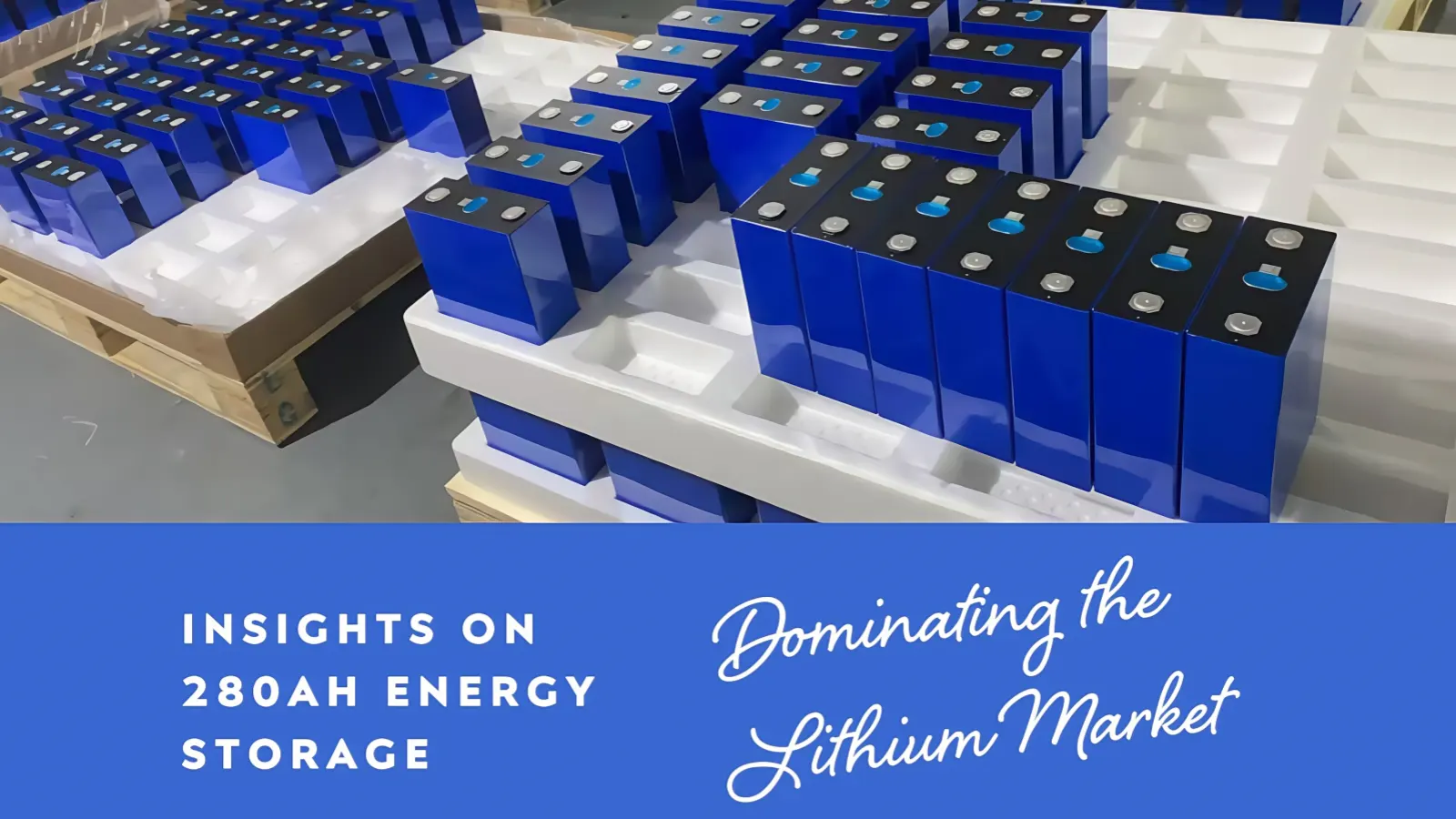Different grades of A+, A- and B grade LFP cells?
2025-03-11
HEXI
The Critical Role of Cell Grading in LFP Batteries
Lithium Iron Phosphate (LFP) cells are categorized into grades (A+, A-, B) based on performance consistency, durability, and application suitability. Misunderstanding these grades can lead to system inefficiencies, safety risks, and inflated lifecycle costs. This article dissects the technical distinctions, supported by 2024 industry data, to empower informed decision-making

1. A+ Grade Cells: The Gold Standard for High-Performance Applications
Key Characteristics
-
Engineered for Extreme Demands:
-
Optimized for electric vehicles (EVs), grid-scale ESS, and high-discharge scenarios (3C continuous, 5C peak).
-
Superior performance in rapid charge/discharge cycles, such as EV regenerative braking and frequency regulation.
-
Core Technical Advantages:
-
Ultra-Low Internal Resistance (IR): ≤0.25mΩ per cell (EVE 2024 spec), minimizing heat generation and extending cycle life.
-
Stress Tolerance: Operates at -30°C to 60°C with <5% capacity loss after 2,000 cycles (25°C ambient).
-
Voltage Consistency: ΔV ≤10mV across cells in a 16S 51.2V pack under 1C load.
Quality Assurance Protocols
-
Multi-Stage Testing:
-
500-cycle accelerated aging test (80% DoD, 25°C) with ≥95% capacity retention.
-
Thermal shock testing (-40°C ↔ 85°C, 500 cycles).
-
UL 1973 & UN 38.3 certification compliance.
-
Traceability: Blockchain-backed QR codes for full manufacturing history (e.g., EVE’s QS-9000 system).
Economic Viability in Energy Storage
-
Cost Reduction: A+ cell prices dropped 37% since 2022 (Benchmark Minerals), enabling ROI parity with lower grades in 16S 51.2V systems.
-
Case Study: A 100kWh ESS using A+ cells achieved 92% capacity retention after 5 years vs. 78% with A- cells.
2. The Hidden Risks of A/A- Grade Cells
Industry Reality Check
-
Rebranded B Cells: Over 60% of "A-" cells in 2024 are reprocessed B-grade units (EnergyTrend Audit), involving:
-
Capacity masking via selective cycling.
-
QR code relabeling to obscure origin.
-
Undisclosed capacity deviations (5-15% below rated specs).
Performance Red Flags
|
Parameter |
A+ Grade |
A/A- Grade |
|
Cycle Life (80% DoD) |
6,000+ |
2,000-3,000 |
|
Batch Capacity Variance |
≤1.5% |
5-8% |
|
Warranty Coverage |
5 years |
1-2 years |
System-Level Consequences
-
Capacity Lock Effect: A single 200Ah cell in a 300Ah 16S pack reduces total usable energy by 33%.
-
Accelerated Degradation: Mismatched IR increases heat hotspots, cutting pack lifespan by 40-60%.
3. B Grade Cells: Limited Scope Applications

-
Typical Use Cases:
-
Low-cycle consumer electronics (e.g., portable power stations).
-
Non-critical backup systems with <50% annual DoD.
-
Critical Limitations:
-
No thermal runaway protection.
-
Capacity fade >20% within 500 cycles.
4. Technical Recommendations for System Designers
Cell Selection Matrix
|
Application |
Recommended Grade |
Rationale |
|
EV Traction Batteries |
A+ Only |
Safety & cycle life demands |
|
Commercial ESS (Daily Cycling) |
A+ Preferred |
ROI optimization via longevity |
|
Residential Backup (Weekly Use) |
A+ or Verified A- |
Budget vs. reliability tradeoff |
Mitigation Strategies for Mixed Grades
-
AI-Powered Sorting: CATL’s 2024 adaptive grading tech reduces capacity mismatch to <1%.
-
Dynamic Balancing: Incorporate active BMS with ≤2mV balancing precision.
5. Industry Outlook: Transparency Through Technology
-
2024 Innovations:
-
LASER-Induced Breakdown Spectroscopy (LIBS): Real-time cathode material analysis during production (EVE Patent EP2024-XXXX).
-
Digital Twins: Cloud-based cell aging simulation to predict pack failures 6+ months in advance.
Quality Grading = Risk Management
Selecting A+ cells isn’t just about performance—it’s a safeguard against hidden downtime costs and safety liabilities. For OEMs and integrators, this translates to:
-
22% lower TCO over 10-year projects (Wood Mackenzie 2024).
-
5X reduction in warranty claims.

